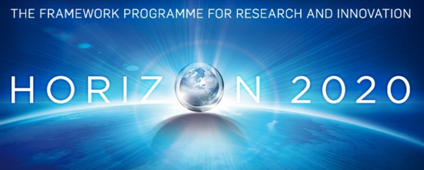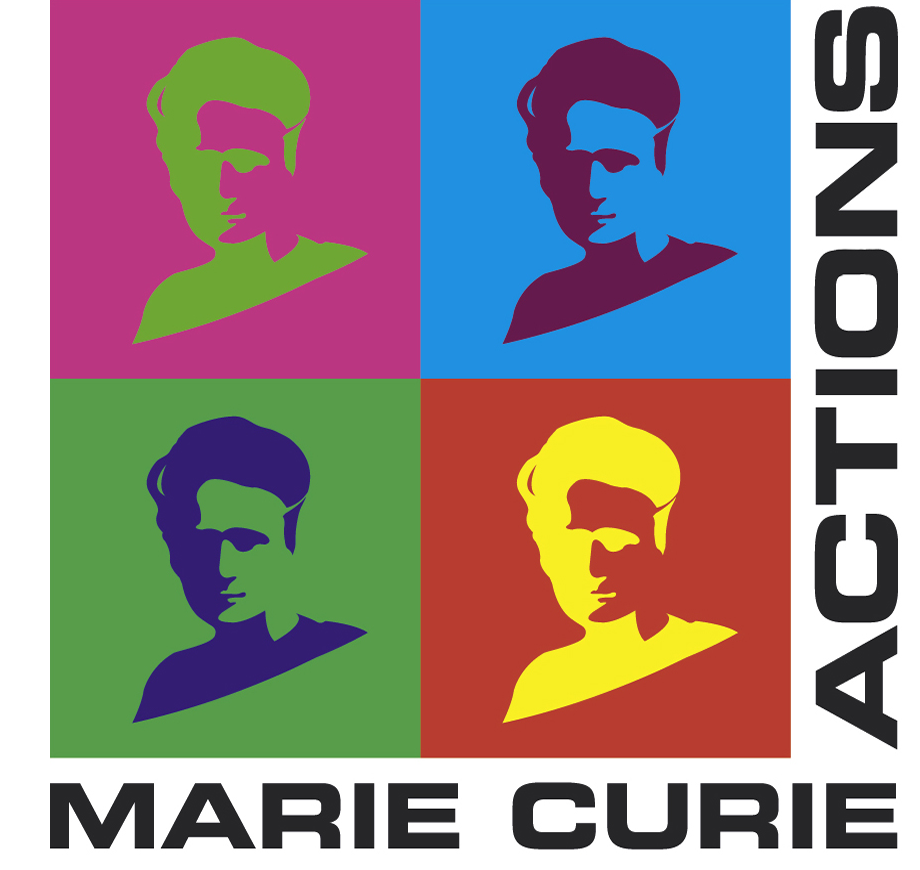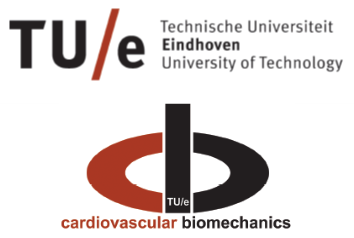Simulation of transcatheter mitral valve repair and replacement
Early Stage Researcher: Patricio Javier Astudillo
Host institution: FEops
Objectives
The enrolled ESR will closely collaborate with a team of engineers from FEops and UGENT and with interventional cardiologists from the involved hospitals, focusing on mitral valve disease treatment. Percutaneous mitral valve repair (MVR) or replacement (TMVI) is expected to have a market size four times larger than TAVI market. At the moment a number of different devices are being developed and most of them address only a specific mitral valve dysfunction. Starting from FEops’ simulation technology for the aortic valve (TAVIguide) MVR and TMVI may be modelled. Two paths could be opened: (1) generate a framework like TAVI guide for MVR/TMVI to be used for preoperative treatment planning and (2) provide medical device companies with a virtual platform for the development of new MVR/TMVI and testing current MVR.
The ESR will extend the current TAVIguide framework and develop, validate and use a computational framework, allowing to accurately simulating mitral valve procedures. This virtual framework will be used for preoperative treatment planning and provide medical device companies with a virtual platform for the development and testing of MVR/TMVI devices. 4D Patient-specific image data, provided by the two clinical centers, will be converted to virtual 3D models using image segmentation software (cfr. Task 1.2). The ESR will focus on modeling and clinical aspects.
Expected Results
The first comprehensive hemodynamic data on TAVI at the level of details never previously attempted. It will also be the first comparative study aimed at evaluating the physiological equivalence of TAVI to conventional aortic valve replacement procedures, which is essential for possible future extension of TAVI to a wider patient population.





